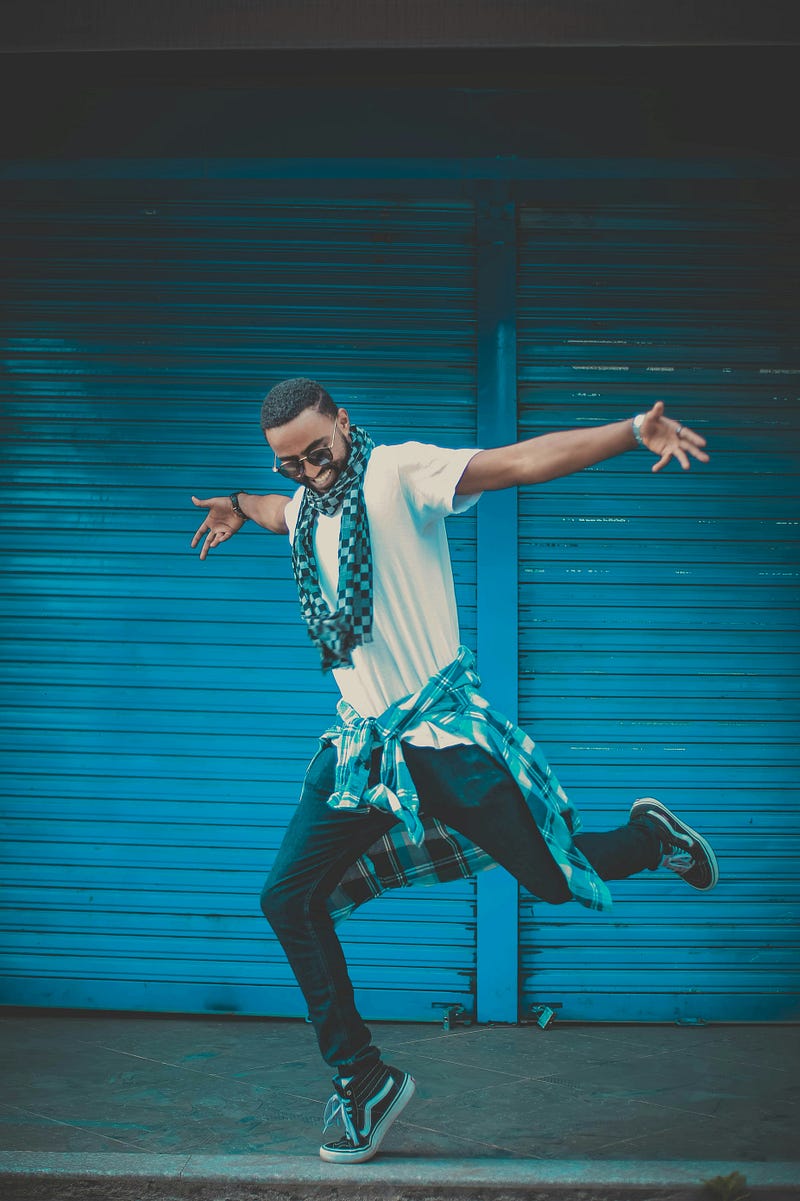The Significance of Physical Literacy in Our Lives
Written on
Chapter 1: Introduction to Physical Literacy
As a Zumba instructor, I continually engage in training and educational opportunities, for which I am truly thankful. Recently, I came across the concept of physical literacy—a term that describes something I've been practicing since childhood without knowing it had a name.

According to Wikipedia, physical literacy is defined as the blend of motivation, confidence, physical skills, knowledge, and understanding that enables individuals to engage in meaningful physical activities as part of their everyday lives.
This concept suggests that physically literate individuals can move gracefully and efficiently in various physical situations. They are adept at interpreting their physical surroundings, anticipating movement needs, and responding with intelligence and creativity. Additionally, they possess a strong self-awareness, which allows for positive self-esteem and self-confidence.
Moreover, these individuals are not only skilled in performing various physical activities but can also navigate daily tasks, such as sitting, sleeping, and carrying objects, without compromising their body alignment or posture.
Chapter 2: Personal Experiences with Physical Literacy
I find it fascinating that this philosophy was not prevalent during my childhood, yet I believe I thrived without it. Allow me to share two pivotal experiences that showcased physical literacy in my early years.
Section 2.1: The Joy of Vita Parcours
In elementary school, one of our physical education teachers introduced a fun initiative called Vita Parcours. This program began indoors, shortly after we sang our national anthem. The activity involved visiting each classroom and performing a specific exercise led by older students.
For example, the sixth graders might lead jumping jacks, while the second graders would run in place. The most enjoyable part was that all of this was done to music.

I loved kicking off my school day in this way, especially when our favorite song, "Dance to the Music," played. Participating in Vita Parcours helped me build my self-confidence and self-esteem significantly.
Section 2.2: The Kilometre Club Experience
During the warmer months, our school held a morning activity called Kilometre Club, where everyone walked one kilometer together. Participation was universal, and students could walk more than a kilometer if they chose to. Each additional kilometer earned them a popsicle stick as a reward.
This initiative not only sparked my passion for running but also fostered a sense of community. My friends and I eagerly collected popsicle sticks, and it was delightful to see teachers joining in, reinforcing the importance of shared physical activity.

To conclude, I invite you to reflect on your childhood experiences with activities that promote physical literacy. How did these experiences shape your understanding of movement and physicality?

Through these activities, I developed a robust sense of self and self-confidence. I gravitated towards peers who shared a passion for fitness and personal goals. This environment cultivated resilience, enabling me to tackle challenges effectively.
In essence, physical literacy has played a vital role in shaping a well-rounded individual and a more active participant in society.

Happy learning!
This video explores the concept of physical literacy, discussing its components and significance in personal development.
This video delves into why physical literacy is essential for early childhood development, highlighting its long-term benefits.